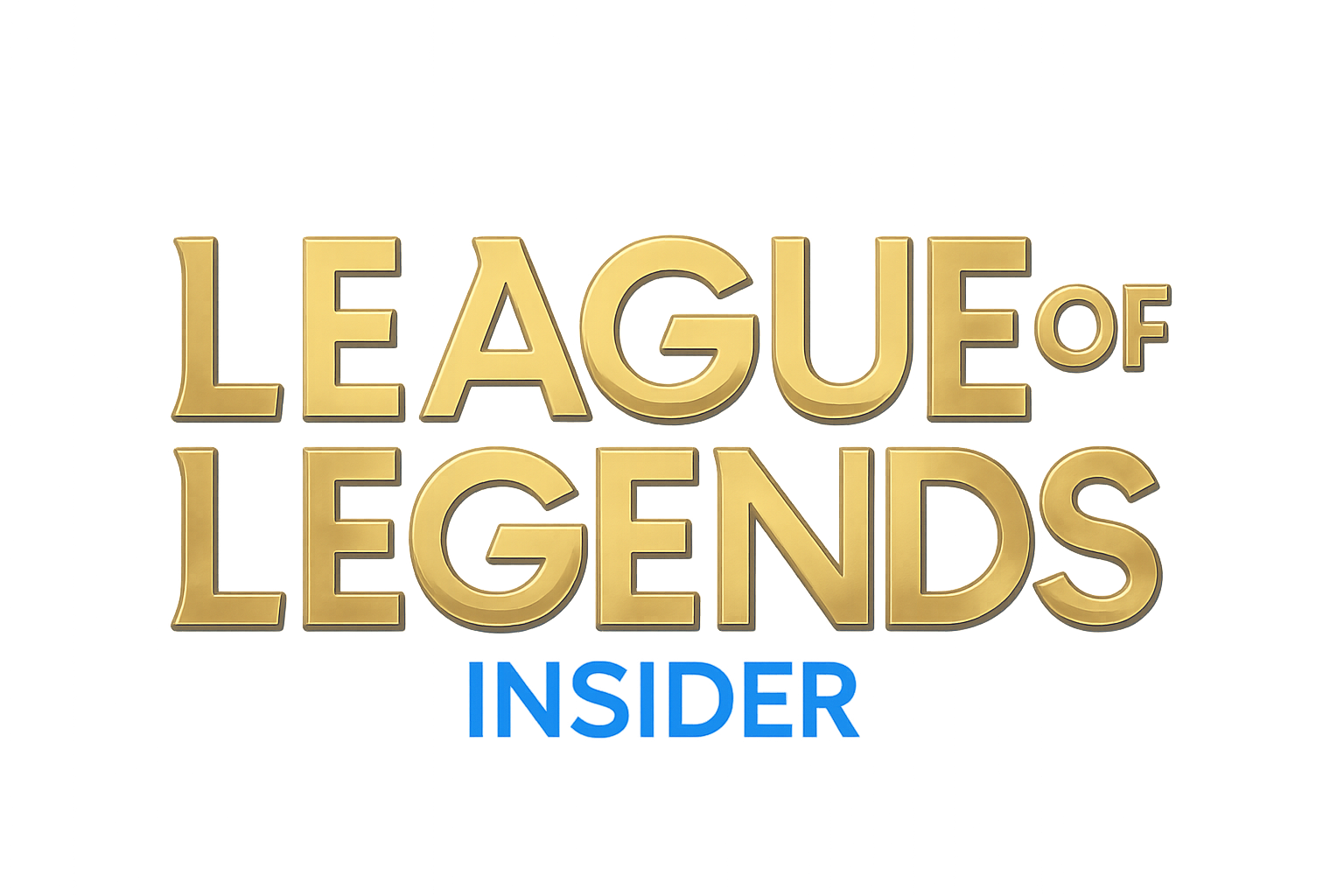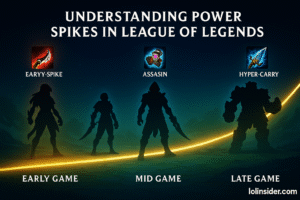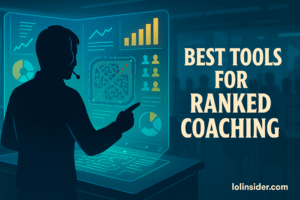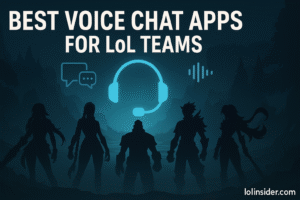Climbing in League of Legends is not just about mechanics, flashy plays, or huge KDA scores. What often separates winners from losers is objective control — the ability to secure dragons, barons, turrets, and vision at the right time.
Understanding how to win more games with objective control means learning when to fight, when to trade, and how to manage map pressure around neutral objectives. This article breaks down everything you need to know: dragons, Rift Heralds, Baron Nashor, towers, vision, rotations, and pro-level strategies for maximizing your win rate.
1. Why Objective Control Wins Games
Objectives directly shape the flow of the game:
- Dragons: Permanent buffs that scale into late game.
- Rift Heralds: Open lanes and give early map control.
- Baron Nashor: Enables sieges and split-push.
- Turrets & Inhibitors: Provide gold, pressure, and win conditions.
Kills matter, but objectives win games. You can be down in kills but ahead in dragons and towers — and still win comfortably.
2. Early Game Objective Control
The first 10–15 minutes set the stage for the rest of the game.
Rift Scuttlers
- Securing river vision and XP is critical.
- Junglers like Lee Sin and Rek’Sai thrive on early scuttle fights.
Rift Herald
- Spawns at 8 minutes, despawns at 19:45.
- Gives ~320 gold plus massive turret damage.
- Best used to break mid turret for map control.
Tip: Use Herald after winning lane or forcing enemy recalls.
First Dragon
- Spawns at 5 minutes.
- Early dragons are weaker than soul dragons but still important.
- Don’t overforce — trade Herald if you can’t secure dragon.
3. Dragon Control
Elemental Dragons
Each dragon provides unique buffs:
- Infernal: Bonus AD/AP.
- Mountain: Bonus armor/MR.
- Ocean: Healing.
- Cloud: Movement speed/ult haste.
Dragon Soul
At 4 dragons, the team secures Dragon Soul — one of the strongest win conditions.
Pro strategy: Teams often sacrifice early dragons but contest heavily at 3rd/4th spawn for soul point.
4. Baron Nashor – The Game Breaker
Baron is the most important neutral objective after 20 minutes.
- Grants Baron Buff to nearby minions (siege power).
- Provides AD/AP buffs to players.
- Forces enemies to fight or give up map control.
When to Take Baron
- After winning a fight and killing enemy jungler.
- When enemy bot lane is showing far away.
- With vision denial (pink wards + sweeper).
When to Avoid Baron
- Enemy jungler alive and nearby.
- Enemies have strong AoE contest tools (Orianna, Ziggs, Amumu).
- Your team lacks DPS or tankiness.
Tip: Secure Baron vision before even thinking about starting it.
5. Tower and Inhibitor Pressure
Towers
- First tower gold = 400 split among team.
- Outer towers open the map.
- Mid turret is the most important for controlling jungle entrances.
Inhibitors
- Respawn after 5 minutes.
- Provide super minion waves that force enemy response.
Strategy: After taking Baron, focus on breaking inhibitors instead of chasing kills.
6. Vision Control Around Objectives
Vision is the backbone of objective control.
- Wards: Place control wards in dragon/baron pits.
- Sweeper: Deny enemy vision before starting objectives.
- Deep Vision: Wards in enemy jungle reveal rotations.
Pro tip: Never start Baron without sweeping and securing vision.
7. Objective Trading
Sometimes you can’t contest everything. Smart teams trade objectives instead:
- Give up dragon to take Herald + first tower.
- Give up Baron to take Elder Dragon or inhibitor.
- Trade top tower for bot tower if enemy is stacked.
Lesson: You don’t need to contest every fight — trading is sometimes better.
8. Role Responsibilities in Objective Control
Jungler
- Smite secure.
- Path around spawn timers.
- Control vision with Oracle Lens.
Support
- Vision control with wards.
- Engage/disengage tools around objectives.
Mid Laner
- Push wave before objectives.
- Provide roam and DPS at fights.
Top Laner
- Teleport for objectives.
- Zone enemy backline.
ADC
- DPS on dragons/barons.
- Stay alive in fights — don’t overextend.
9. Pro Play Case Studies
T1’s Baron Control (LCK)
T1 is famous for perfect vision setups before Baron. They starve enemies of information and only start Baron when safe.
LPL Dragon Forcing
LPL teams often force early dragon fights, even 4v4, using aggression to snowball into soul.
G2’s Objective Trading (LEC)
G2 frequently sacrifices early dragons to secure Herald + turret gold, delaying fights until their carries spike.
10. Common Mistakes in Objective Control
- Starting Baron without vision.
- Overcommitting for dragon soul when behind.
- Not syncing recalls before spawns.
- Chasing kills instead of taking towers.
11. Improving Your Objective Control
- Track Timers: Ping dragon/baron respawns.
- Push Waves First: Always push mid before objectives.
- Recall Before Spawn: Arrive with items, not half health.
- Force Numbers Advantage: Take fights when you know enemy can’t respond.
- Review Replays: See if you lost due to bad fights or poor setups.
12. Objective Control in Solo Queue vs Pro Play
- Solo Queue: Less coordinated, so secure vision and ping objectives aggressively.
- Pro Play: Teams synchronize recalls, waves, and vision perfectly.
If you play solo queue, be proactive — ping and start objectives, even if teammates hesitate.
Conclusion
Winning games in League isn’t about flashy pentakills — it’s about controlling the map.
- Secure dragons for scaling.
- Use Herald to open lanes.
- Force fights with Baron.
- Trade smartly when behind.
- Always prioritize vision before objectives.
By mastering objective control, you’ll turn close games into consistent wins and climb the ladder faster than ever.







